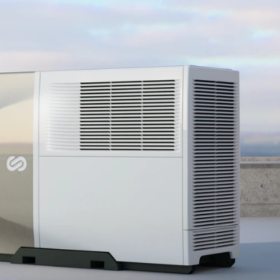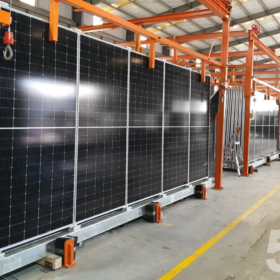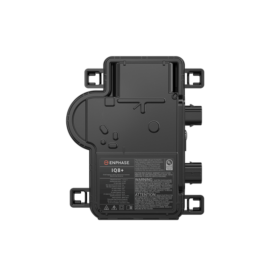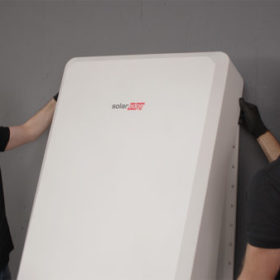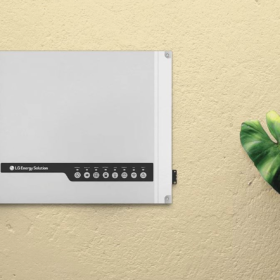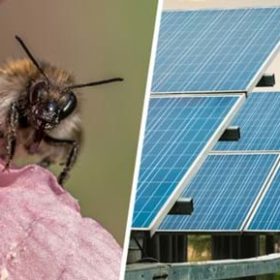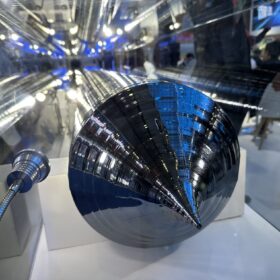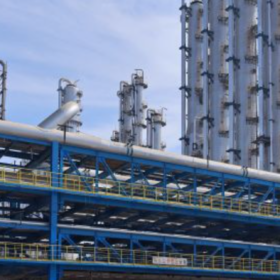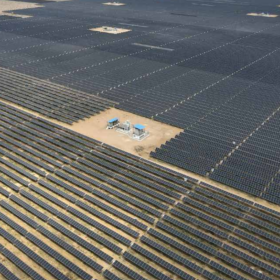Hydrogen power generator for isolated areas, construction sites, events
Developed by French start-up EODev, the 100 kVa system is equipped with fuel cells manufactured by Toyota. The generator has a power of 110 kVA and its lifetime is guaranteed for 15,000 hours.
Solar job numbers kept on rising in 2020
The latest edition of a clean power jobs survey produced by IRENA and the International Labour Organization has stressed the important role which will need to be played by the public sector if the energy transition’s employment benefits are to be shared equally.
Module and shipping cost inflation could cost the world 50 GW of solar next year
The input costs of the two biggest contributors to solar plant development expense have gone through the roof since the world began to come out of Covid-19 lockdowns, to leave project developers with some difficult choices.
Australian prefabricated solar array manufacturer launches new modular solution
Sydney-based 5B has taken the wraps off a new generation of its re-deployable modular Maverick solar technology which it says is not only quicker and easier to install than the previous model but 30% more powerful.
Microgrid-forming PV microinverter from Enphase
The 97%-efficient device is said to be the most powerful PV microinverter developed by the company to date and is capable of forming a microgrid during a power outage. The U.S. manufacturer expects to ship the first products in December.
SolarEdge launches residential battery and inverter
The DC-coupled battery has 94.5% round-trip efficiency and the inverter offers up to 11.4 kW power and 10.3 kW backup power.
LG launches hybrid inverter for residential battery range
South Korean battery manufacturer LG Energy Solution has launched a new inverter in the Australian market, adding a 5 kW hybrid inverter to its Residential Energy Storage Unit (RESU) Home battery energy storage range.
Solar farms prove to bee hives of economic activity
A new study from researchers at the universities of Lancaster and Reading in the UK has managed to quantify the economic boost provided by the symbiotic relationship between solar farms and honeybee hives.
The long read: PV backsheets – replace or repair?
Backsheet chalking, especially of polyamide backsheet films, doesn’t take long to lead to cracks and then safety shutdowns. Sometimes, though, the period may be much longer or shorter than expected. Assessing the risk and whether on-site repairs offer a long-term solution is currently a topic of strong debate within the PV industry, as Cornelia Lichner from the pv magazine Germany team reports.
International Solar Alliance launches programs on solar and battery waste management, green hydrogen
The International Solar Alliance (ISA), which aims to mobilize more than $1 trillion of solar power investment by 2030 in its member countries, expanded its scope of work by launching programs on solar panel and battery waste management and solar-powered hydrogen production in its fourth assembly held recently.
